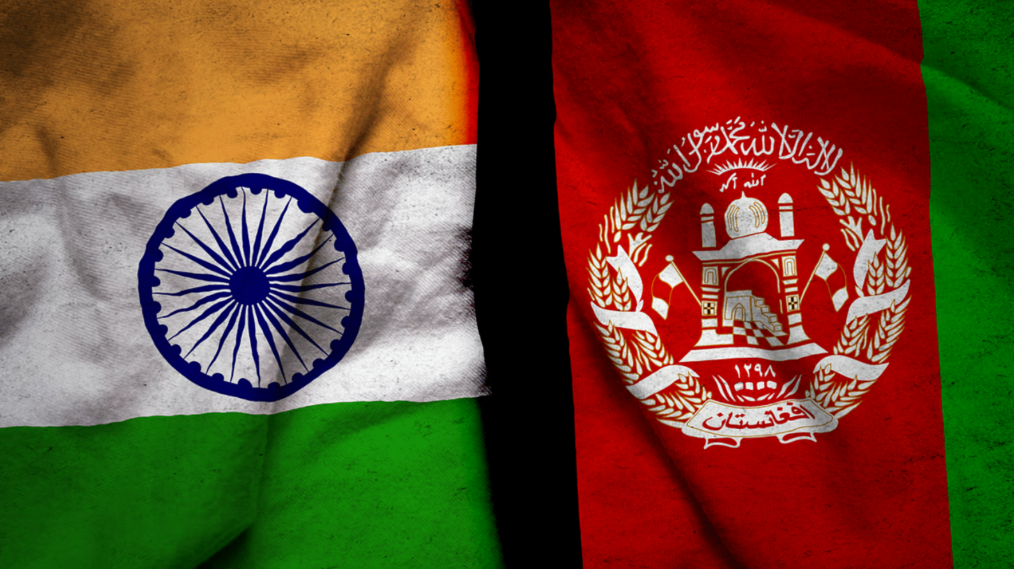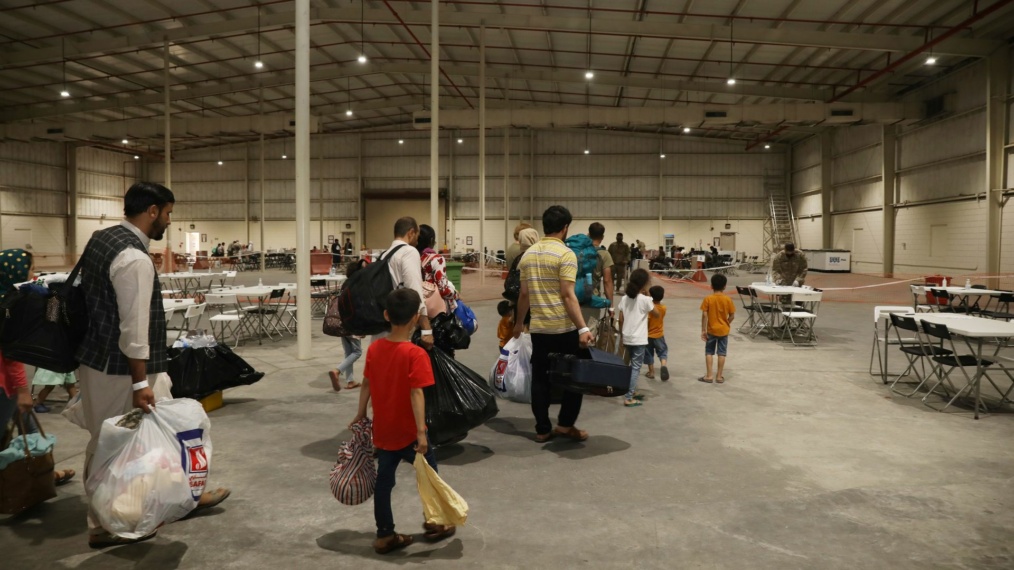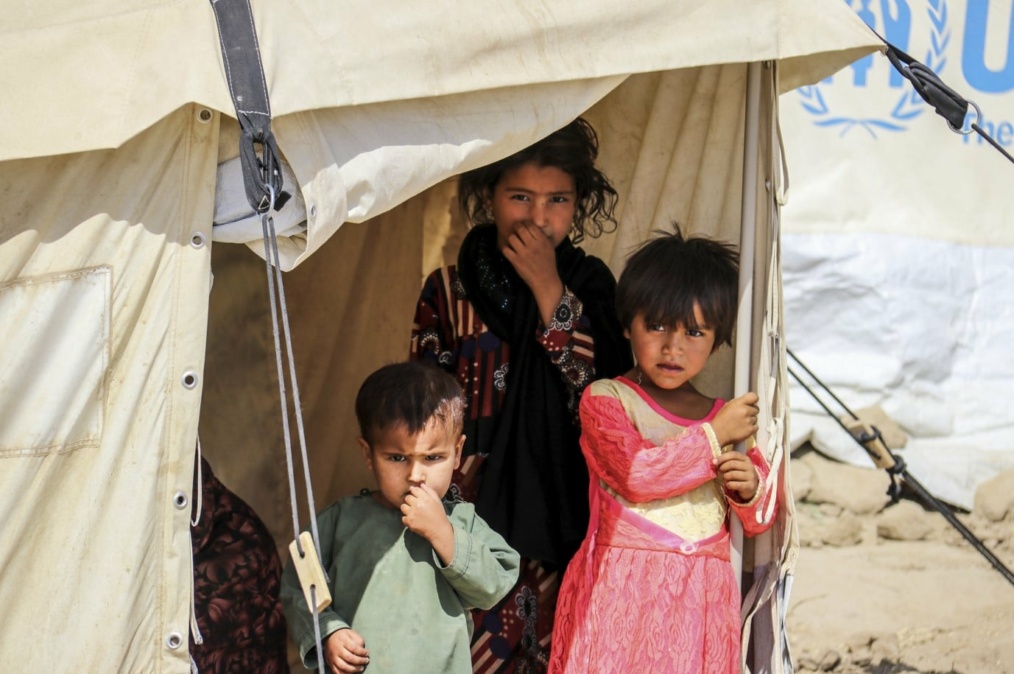The Ring Road in Afghanistan begins at the capital of Kabul and continues to its second-largest city, Kandahar. The focal point of the U.S. plan was to improve Afghanistan following the invasion in 2001. However, the damages exceed $200 million to repair the road, and many lives were lost protecting it. The highway from Kabul to Kandahar is severely damaged. In 2016, a comprehensive report revealed that the Ring Road was impossible to repair, and it would need to be rebuilt. If the Ring Road became inaccessible and unusable, the state administration would collapse. The U.S. determined to change that by helping improve the Ring Road.
The Ring Road
The Soviet Union partially developed the Ring Road during the 1960s; however, war has degraded it over the years. Beginning with the Kabul to Kandahar Highway, the U.S. and many other nations committed $1.5 billion to rebuild the Ring Road, which would operate in a 3,200-kilometer loop. The Ring Road links Afghanistan’s four major cities which include Kabul, Kandahar, Herat, and Mazar-I-Sharif. Linking communities together via the Ring Road established a sense of community and allowed enterprise and hope to increase within Afghanistan thereby decreasing Taliban influence.
The Ring Road also enabled the U.S. and NATO military establishment to send armed forces and supplies quicker throughout the country, thus keeping the Taliban controlled. In 2003, the focus of the U.S. shifted from Afghanistan to the war in Iraq. As a result, financial support for the Ring Road Highway was decreased by $1.2 billion; and Taliban activity increased from 2004 to 2009 with roadside bombings, ambushes, and other displays of strength resulting in the Taliban regaining control of substantial key territories.
Former President Obama’s Plans for the War
In 2009. former President Barack Obama determined to recommit to the war in Afghanistan and he sent large numbers of troops in an effort named The Surge. The U.S. and NATO had achieved progress in the southern area. It became evident that the Taliban could not be gradually defeated. A number of troops were deployed to Afghanistan, and the Taliban increasingly carried out attacks.
Repair to the Ring Road were next to impossible due to the increased attacks by the Taliban. The construction company deemed this job the most dangerous one of all time 21 fatalities, 51 injured, and four missing. The construction enterprises were forced to employ security escalating their budget. The road from Khost to Pakitia cost nearly $5 million per mile for security purposes.
President Obama’s Decisions
President Obama had declared to bring armed forces back home. Despite the fact that the U.S. armed forces withdrew, Afghanistan was left with supervision of infrastructure plans, in addition to the roads. The United States Agency for International Development reduced the budget to rebuild the roads, and the Ring Road was neglected in 2012.
Road development and maintenance turned out to be the responsibility of the Afghan administration that was crippled by corruption. Many professionals projected several billions of dollars were lost to corruption in Afghanistan. In 2015, with approximately 11,000 U.S. armed forces, mostly in the major cities, the Taliban was swept back in Afghanistan. This involves substantial portions of the Ring Road and was among the leading causes why the road is in terrible shape. In a 2016 inspection report, the roads were 20% destroyed and the remainder were deteriorated.
President Trump’s Decisions
The U.S. has no plans to rebuild Afghanistan. In 2017, President Trump dedicated more armed forces but clearly expressed that the U.S. is not proposing construction again. During the government meeting, President Ghani mandated that the missing parts be built in the future months, highlighting the seriousness of the road for Afghanistan’s trade and economy. The State, USAID, and DOD require to implement on a regular basis the impact assessments to measure the effects of contracted reconstruction and other foreign support programs, including sectors of security assistance.
Mildred Miranda, Counter-Terrorism Research Fellow





